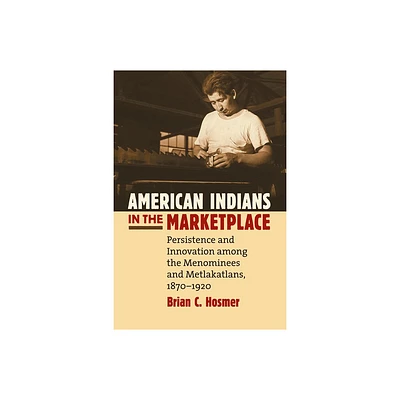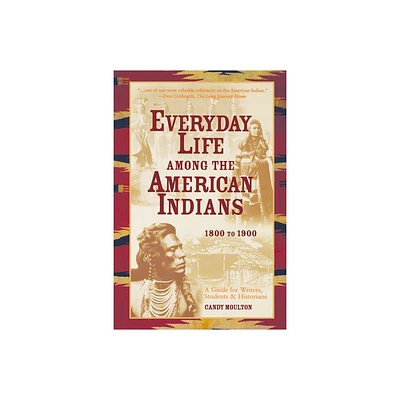Home
American Indians in the Marketplace: Persistence and Innovation Among the Menominees and Metlakatlans, 1870-1920
Loading Inventory...
Barnes and Noble
American Indians in the Marketplace: Persistence and Innovation Among the Menominees and Metlakatlans, 1870-1920
Current price: $29.99


Barnes and Noble
American Indians in the Marketplace: Persistence and Innovation Among the Menominees and Metlakatlans, 1870-1920
Current price: $29.99
Loading Inventory...
Size: OS
*Product Information may vary - to confirm product availability, pricing, and additional information please contact Barnes and Noble
Although it is usually assumed that Native Americans have lost their cultural identity through modernization, some peoples have proved otherwise. Brian Hosmer explores what happened when cultural identity and economic opportunity converged among two Native American communities that used community-based industries to both generate income and sustain their cultures. Comparing a lumber business run by the Menominees of Wisconsin and a salmon cannery established by British Columbian and Alaskan Tsimshian communities known as Metlakatla, Hosmer reveals how each tribe responded to market and political forces over fifty years. Hosmer's innovative ethnohistory recounts how these Indians used the marketplace to maintain their distinctiveness to a far greater extent than those who became wage earners in the white man's world. Hosmer shows that by selectively incorporating elements of American capitalism into their cultural lives, the Menominees and Metlakatlans came to view modernization less as a threat to their tribal life than as a means for maintaining their independence. These tribes embraced the same market accused of hastening the demise of native societies and became comparatively successful in American terms even as they both honored fundamental values and forged new cultural identities. Over time, these peoples came to understand how the market worked, recognized that the broader economy operated according to market principles, and learned how to adjust to it. Hosmer reveals how their strategies of "purposeful modernization" brought relative economic independence and sometimes the respect and cooperation of local and federal governments, how it helped chart a middle course between unchecked individuality and a communal ethos that might stifle economic development, and how economic development and cultural values ultimately affected one another.
American Indians in the Marketplace
is a story of adaptation that acknowledges the hardship and suffering common to most Indian-white contact while emphasizing the benefits of selective modernization accompanied by a constant re-invention of tradition. It questions the victim thesis of Native American history and shows that native peoples can meet the challenges of surviving in the larger world.
American Indians in the Marketplace
is a story of adaptation that acknowledges the hardship and suffering common to most Indian-white contact while emphasizing the benefits of selective modernization accompanied by a constant re-invention of tradition. It questions the victim thesis of Native American history and shows that native peoples can meet the challenges of surviving in the larger world.


















